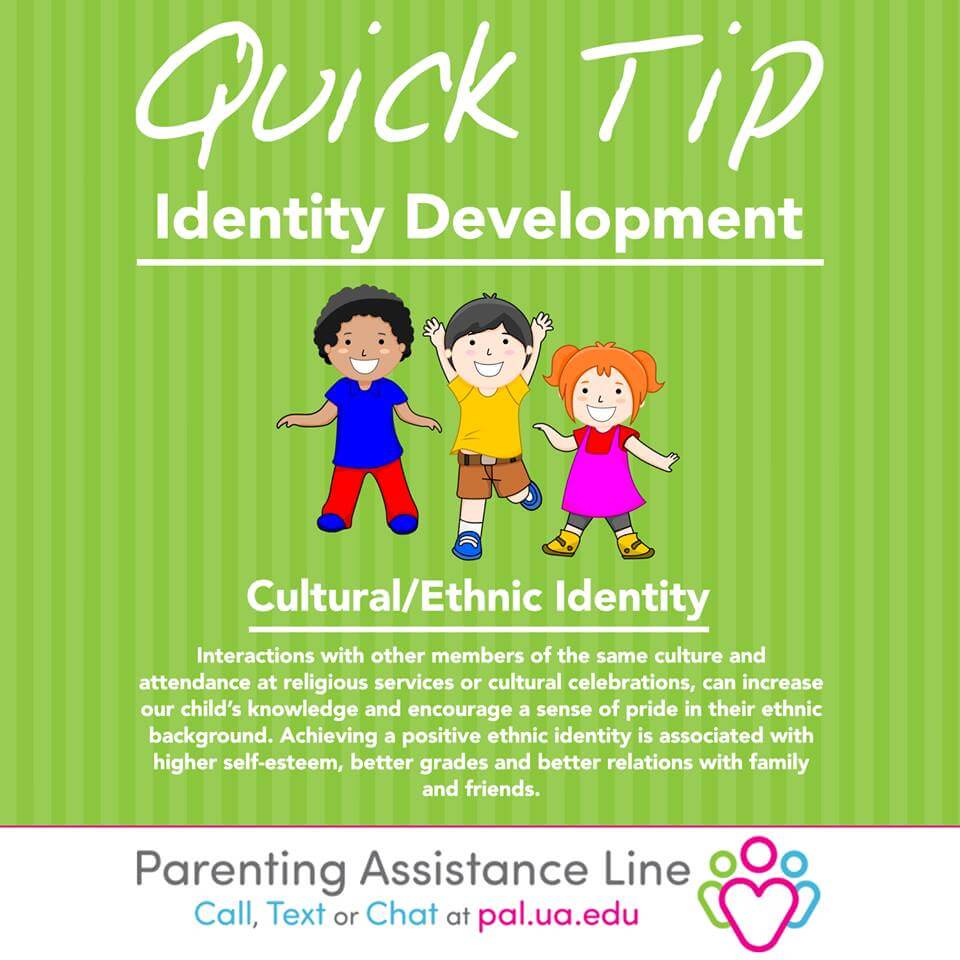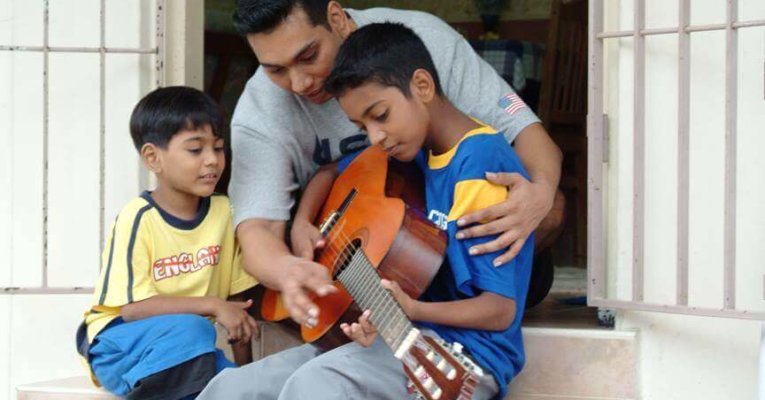During early adolescence, (around age 12), children begin to explore the questions, “Who am I?” “What do I believe?” and “Where in this world do I fit in?” It is the task of adolescents to figure out who they are.
This helps in forming a basic identity they will build on throughout their lives, and is accomplished by “trying on” different roles in various settings, such as home, school, and other social settings. During this process, young people explore their own values, ethics, spirituality, racial and ethnic identity, sexuality, and gender. While teens are learning what makes them unique, they also have an increased need to “fit in.” Therefore, identity formation can be especially challenging for teens who feel different from others. A strong ‘sense of self’ is something parents should strive to help their teens attain. Young adults who have a strong sense of self are resilient, have a healthy self-esteem, and are independent.
A person’s identity consists of these major categories:
- Cultural/Ethnic identity is the influence a person acquires by belonging to a certain culture or group. It can be a large group such as “American” or a smaller group, “Italian.” It includes a collective history, a common genealogy or ancestry, shared values, the foods you eat and the language you speak. Painful issues surrounding identification with a minority subculture, such as racism and inequality, can lead some minority adolescents to avoid the issue and may not show any interest in their racial or cultural background. Interactions with other members of the same culture, and attendance at religious services or cultural celebrations, can increase the adolescents’ knowledge and encourage a sense of pride in their ethnic background. Achieving a positive ethnic identity’ is associated with higher self-esteem and better grades, as well as better relations with family and friends.
- Religious identity is the set of philosophies, practices and rituals related to a common faith and beliefs about the design and purpose of humankind. This identity formation begins with association in the parents’ religious group, and the adolescent has the choice to adopt the same, or different, religious identity.
- Gender identity refers to the cultural concepts of masculinity and femininity. It is how a person identifies with one gender or another. This is distinct from physical sex and sexuality.’
- Sexual identity is developed during adolescence as a teen experiences puberty’ and sexual attraction. The development of a healthy sexual identity’ includes curiosity’ about sex, flirting, open communication and emotional maturity.
Identity’ development is ultimately the result of a lifelong journey. The person that we ultimately become is unique, however the process by which identity develops is similar among individuals. Although identity development is most often associated with adolescence, each developmental stage offers opportunities for reevaluation and change.







